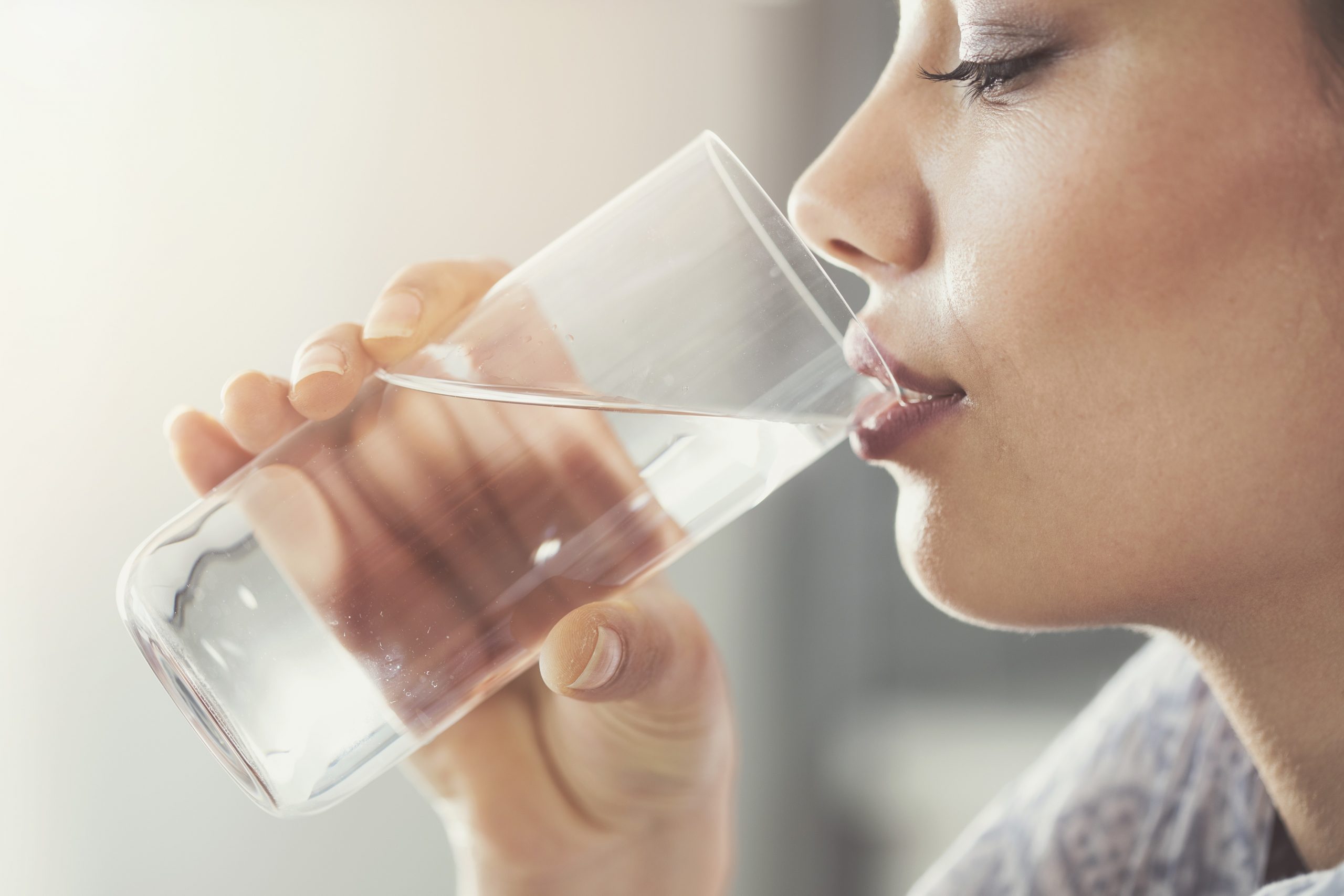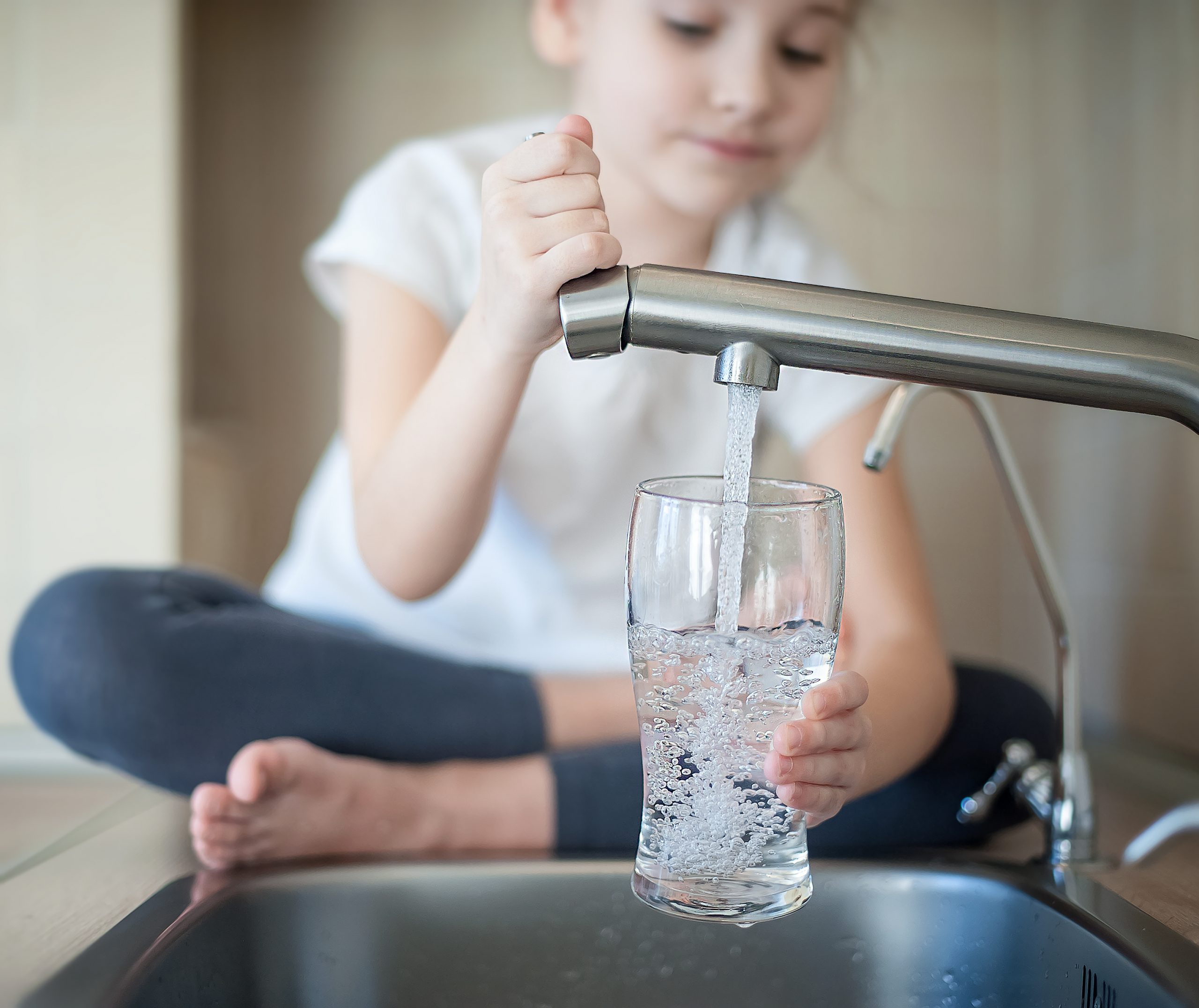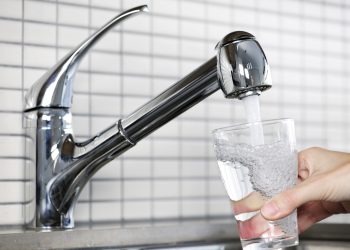Table of Contents

Clean water is paramount for good health, so among the things that governments should do for citizens is providing them with access to safe water sources. Without these, people can lose their lives due to waterborne diseases like cholera.
The sad news is that approximately 800 million people globally don’t have safe and clean water. And even if you live in an area with potable tap water, it’s not always a guarantee that what you’re drinking is 100% safe. That’s why a lot of homeowners turn to water delivery services for their peace of mind. Read on for more ideas on how you can get clean water for your entire family. Learn more about under sink reverse osmosis.
1. Use Clean Water Filters And Replace Them Frequently
Bacteria, metals, and other contaminative elements build up over time in a water filter. This can render it ineffective during the filtration process or even cause the water to have a foul smell or taste. To do away with such problems, adhere to the instructions that come with your water filter. These may involve frequent cleaning and replacement of the water filter cartridges on a regular basis.
2. Get Rid Of Old Pipes And Plumbing Systems
If your plumbing system and pipes are very old, you risk using contaminated water. This is because if they happen to contain lead and corrode over time, that metal will get into anything that goes through the pipes. Lead is harmful to human health. It can cause complications like insomnia, abdominal pain, fatigue, and constipation. Also, it can hinder brain development, especially in children. In order to solve this, replace plumbing fixtures when you start noticing a change in the water’s color.
Many water systems are created using zinc and has impurities like iron. Over time, due to rusting or corrosion, metal elements may find their way into the water and cause blockage or reduced water pressure too. For safety, be mindful of your home’s plumbing system, and make sure to buy pipes of high quality. Those are safe because they won’t develop rust easily.
3. Flush The Taps
If you haven’t used your water for a while, it might not be safe for use. Stagnant water is the best breeding environment for bacteria. Contaminants like lead may also accumulate there. It’ll cause metals and other minerals dissolve in the pipes, resulting in corrosion. In that particular situation, before using the water from your taps, run clean water through the piping system for about three minutes to get rid of stagnant water.
4. Drain Your Water Heater Annually
Bacteria, metals, and sediment eventually build up in a water heater tank, which leads to clogs. Draining it annually is therefore part of its maintenance. Without this procedure, you’ll end up with dirty water, and over time, the equipment may completely stop working as well.
5. Choose The Right Containers

You may treat your water, but if you place it in the wrong storage apparatus, it’s no longer going to be safe. For instance, keeping hot water in plastic containers can be harmful to your health if the heat causes the chemicals in the plastic to break down and contaminate the liquid. So before you use a particular water storage option, determine if it’s acceptable to do so for such purposes.
6. Use Fertilizers And Pesticides Properly
Fertilizers and pesticides can affect the safety of your water. To avoid this, whenever you’re gardening, only apply the recommended amount of chemicals, and do so in the right weather. When too much is used at the onset of rains, the substances may find their way to your groundwater, which is something you never want to happen.
7. Collect Pet Waste
Pick up pet waste daily and dispose of it correctly. This means you should flush it down the toilet without the dog poop bag. Some pet owners use biodegradable bags and later flush those as well, but they may not necessarily degrade as quickly as expected, so it’s better to go for water-soluble bags instead. Proper pet waste disposal is important to prevent bacteria in the waste from finding their way into your water supply.
8. Disinfect And Purify Water
Another tip to getting safe and clean water is to disinfect and purify it. There are two ways you can do this, one of which is boiling. Though an old method, it’s highly effective if done properly. Allow the water to reach boiling point, and then let it cool. This process kills harmful organisms and bacteria.
You can also use chemicals to purify water. This method is referred to as chlorination, and it involves chlorine tablets or liquid chlorine. But to be on the safe side, consult a water treatment expert before you take this route so you can ensure that it’s suitable for your household.
Takeaway
People can’t live without water, but contaminated water will do you more harm than good. Once it enters your body, you’ll be putting your health at risk in the long run. Fortunately, there are several ways of ensuring that you have clean water to drink and use in your home every day. Try one or all of the strategies discussed above to keep your family safe and healthy.







